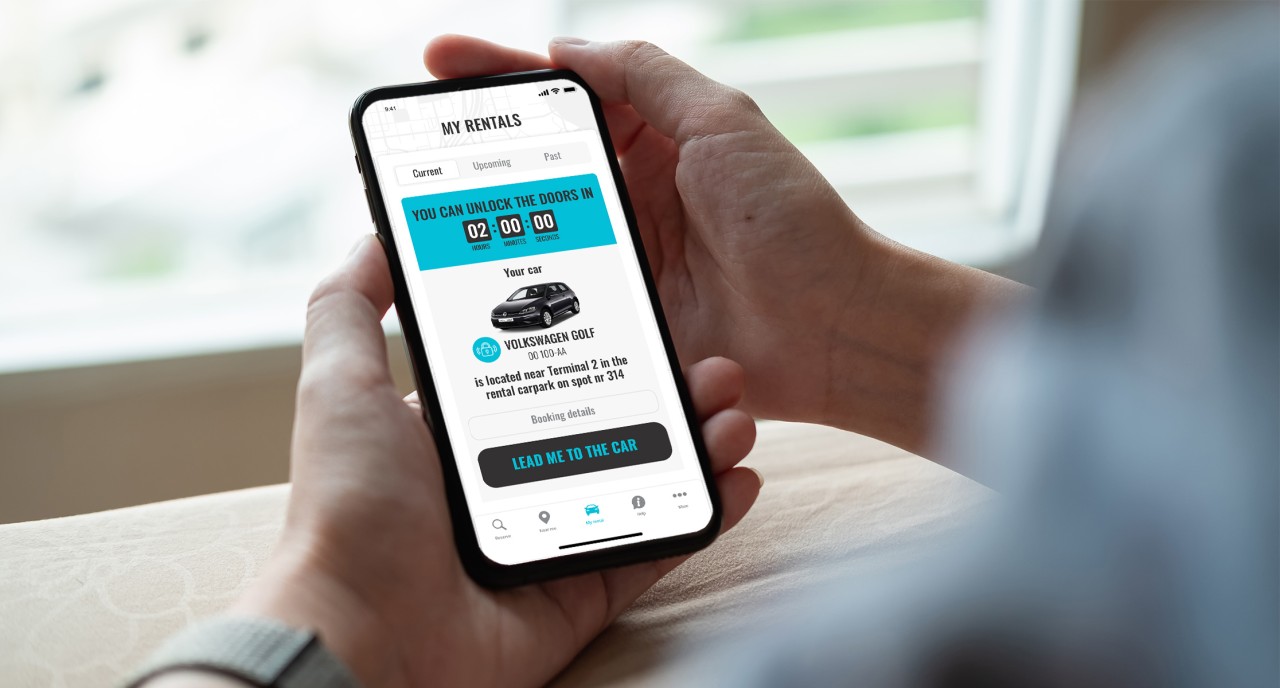Flutter is an open-source UI software development toolkit created by Google. It is based on an object-oriented programming language named Dart. Flutter can be used to develop applications for mobile, web, and desktop. But its main usage is creating native mobile applications for both Android and iOS.
The main benefit of Flutter is that you can use one codebase for both Android and iOS apps. It includes tools to compile the code into native machine code. Flutter also has its own widgets (reusable UI elements) that are compatible with and look native on both platforms. These existing widgets can be used to quickly build an entire UI or customised to suit the needs of the project. Also, the developers can create their own widgets.
Another benefit is that Flutter makes development faster with its hot reload. This means that most of the changes made in code can be seen right away. It allows the developer to check the changes without restarting the app or losing its state.
Flutter was officially released in 2018, so it is still rather new. Support for desktop and web-applications was released on 3 March 2021. Because of this, it doesn’t have as many packages and libraries as its competitors. However, support for Flutter is growing at a rapid pace. It is considered one of the best options when creating mobile applications for several platforms.
Find out more about Flutter from its webpage.


